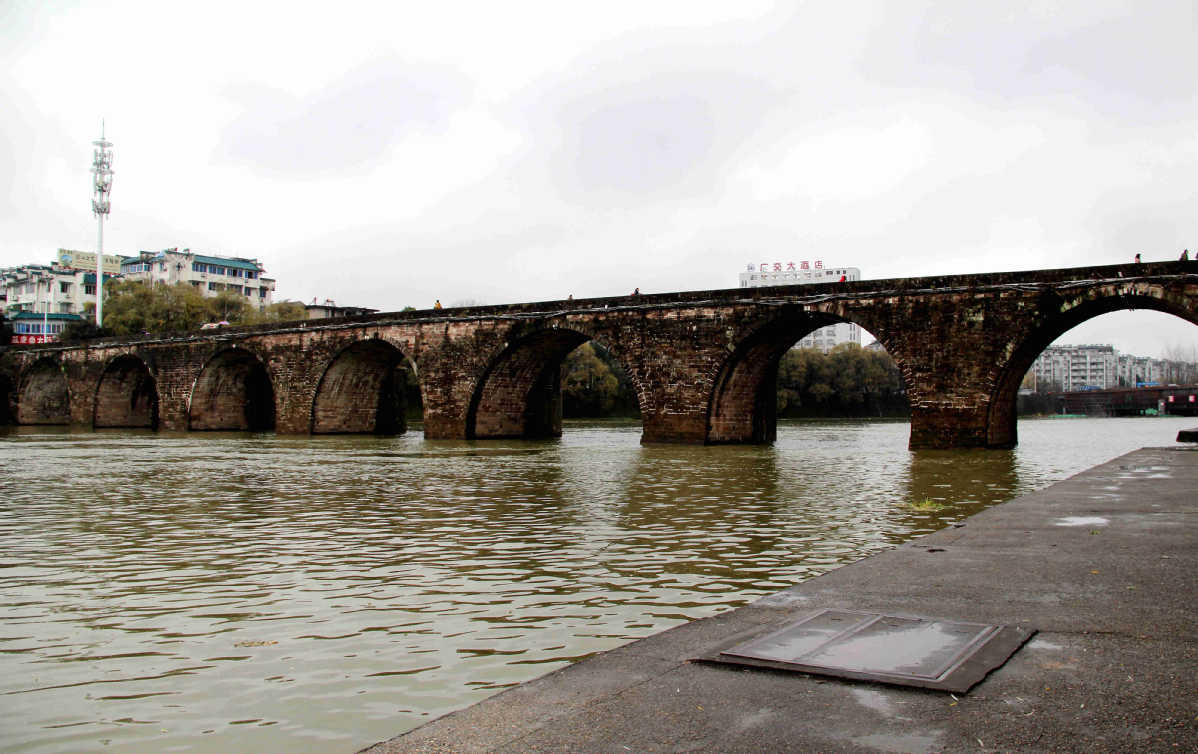Authorities cannot cite force majeure and allow ancient bridges to crumble
China Daily | Updated: 2020-07-10 07:17

The Rainbow Bridge built 800 years ago in Wuyuan, Jiangxi province, collapsed in flood on Thursday.
The Zhenhai Bridge in Shexian county of Huangshan, Anhui province, collapsed during floods on Tuesday. Built in 1536, it used to be the oldest bridge in the city, locally called "the elder brother bridge". The two bridges are key cultural relic sites under State protection.
On Monday, the Lecheng Bridge in neighboring Jinde county of Xuancheng city in Anhui, which was built in 1543, was seriously damaged after floodwaters swept away much of the decks.
It's a pity to see these three ancient bridges, that weathered many a storm in centuries, crumble under the weight of this natural calamity. Floods are still wrecking havoc in East China and South China.
Just because the floods are a natural disaster does not mean the cultural relics protection departments and local governments can wash their hands of any responsibility citing force majeure.
The old bridges are bearing greater traffic load than they were designed to, thanks to rapid urbanization of the river basin area. As the overflowing river water cannot follow its natural course and enter urbanized areas, the bridges bear the brunt. Pollution in the water also expedites the erosion of the bridges' pillars.
Therefore, the authorities should monitor the condition of the bridges and constantly repair and reinforce them. Advances in technology should be able to help provide these old structures with sound protection.
Also, new bridges should be built parallel to the existing ones, where possible, to ease the load on the old structures and help transform them into sight-seeing spots.
























